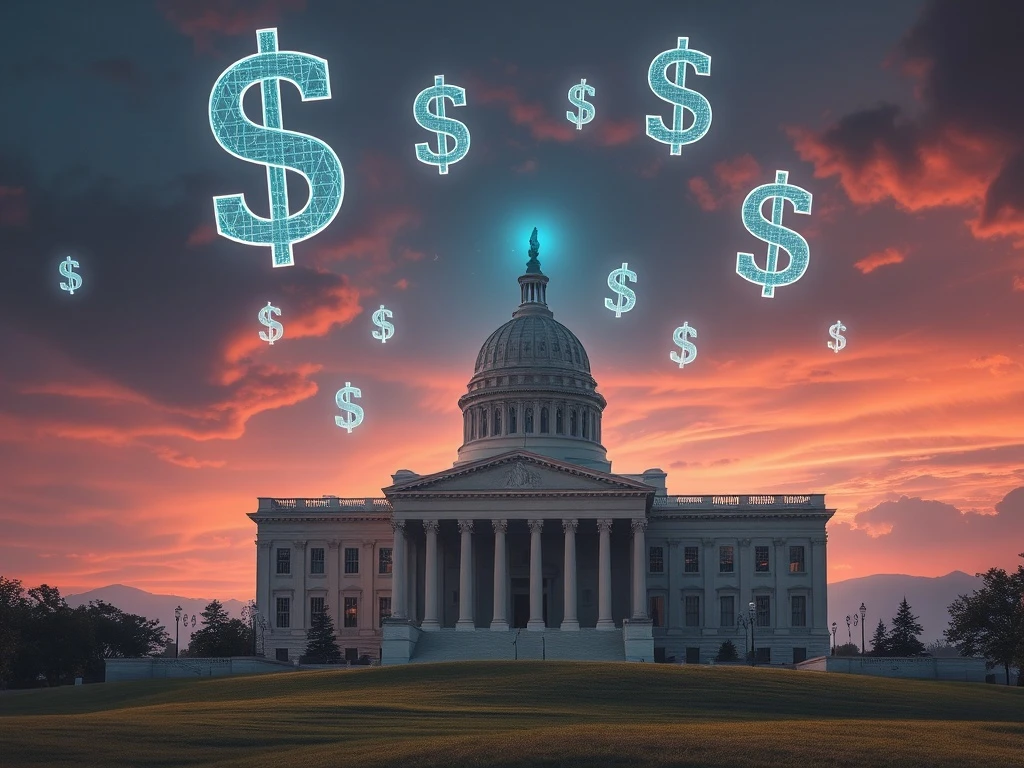The United States government currently secures unprecedented discounts on artificial intelligence systems through massive procurement deals, but these apparent bargains may carry hidden consequences that could reshape the nation’s technological future.
Massive Savings Through Bulk AI Procurement
Federal agencies leverage their purchasing power to obtain substantial discounts on AI technologies. Consequently, taxpayers benefit from reduced immediate costs. However, these savings come through enormous volume commitments that effectively shape market dynamics. The government’s procurement strategy creates both opportunities and challenges for the AI ecosystem.
The Hidden Costs of Government AI Deals
Several concerning factors emerge from these arrangements:
- Market concentration risk from favoring large established vendors
- Innovation suppression as smaller AI firms struggle to compete
- Vendor lock-in creating long-term dependency on specific platforms
- Security vulnerabilities from standardized systems across agencies
National Security Implications of AI Procurement
The US government AI procurement strategy directly impacts national security. Standardized systems create single points of failure that adversaries might exploit. Furthermore, reduced competition potentially slows technological advancement in critical defense applications. Many experts express concern about these developing dependencies.
Economic Impact on AI Innovation Ecosystem
Government purchasing decisions significantly influence the broader AI market. Large contracts tend to favor established corporations over innovative startups. This dynamic potentially stifles breakthrough technologies that might better serve national interests. The current procurement model may inadvertently hinder technological progress.
Alternative Approaches to Government AI Acquisition
Several potential solutions could address these concerns:
- Multi-vendor strategies to maintain competitive pressure
- Open-source initiatives to reduce vendor dependency
- Tiered procurement supporting smaller innovative firms
- Transparent evaluation criteria ensuring best-value selection
Future Outlook for Government AI Procurement
The US government AI procurement landscape continues evolving rapidly. Policymakers increasingly recognize the need to balance immediate cost savings with long-term strategic interests. Ongoing congressional hearings and agency reviews indicate growing awareness of these complex trade-offs. The coming years will likely see significant reforms to current practices.
Frequently Asked Questions
How much does the US government save through bulk AI purchases?
Exact figures remain classified, but estimates suggest savings ranging from 30-60% compared to commercial pricing through volume commitments and long-term contracts.
Which agencies spend the most on AI technology?
The Department of Defense, Intelligence Community, and Homeland Security represent the largest purchasers, followed by healthcare and research agencies like NIH and NSF.
Do these procurement practices affect AI innovation?
Yes, market analysts note that large government contracts significantly influence investment patterns and research directions within the AI industry, potentially crowding out alternative innovations.
What security risks come from standardized AI systems?
Standardized systems create uniform vulnerability profiles that adversaries can exploit across multiple agencies, potentially compromising numerous government functions simultaneously.
Are other countries adopting similar AI procurement strategies?
Many nations emulate US government AI procurement models, though some European and Asian countries maintain more diversified vendor approaches to preserve competition.
How might procurement reforms improve outcomes?
Reforms could include smaller contract sizes, mandatory vendor diversification, increased support for open-source alternatives, and more transparent evaluation processes.
















